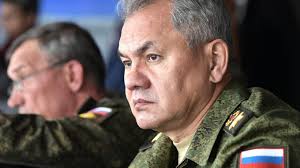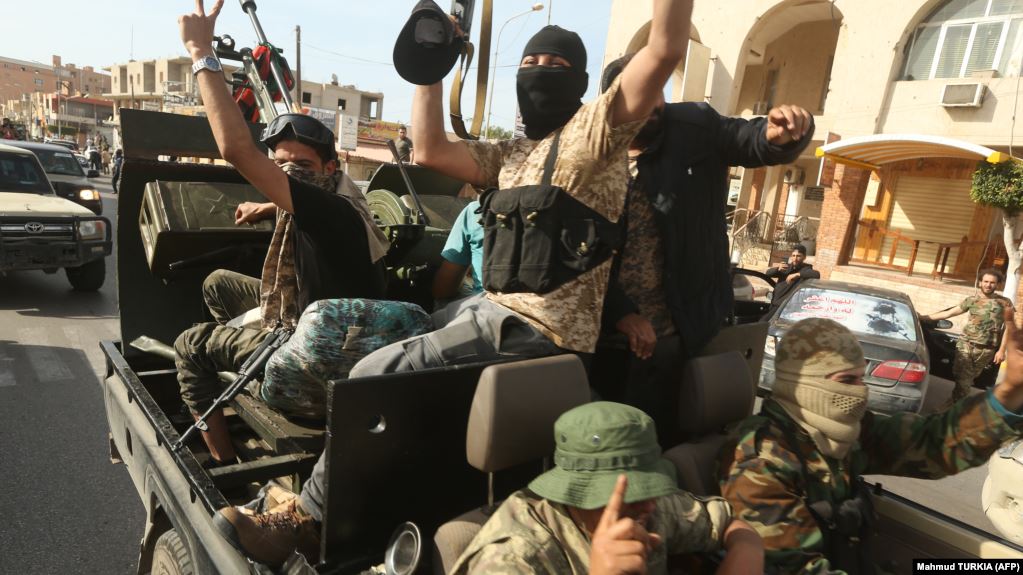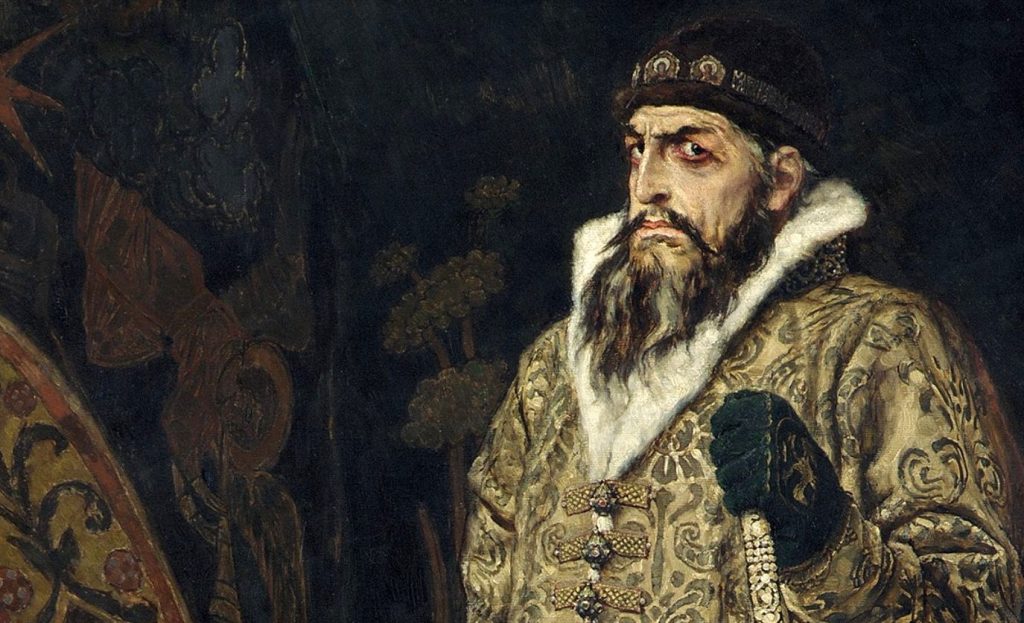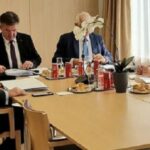The active process of private military companies being created in Russia has a domestic political nature, rather than any military significance, leading to an even deeper crisis in the country’s armed forces and more threats to the regime’s stability and safety.
According to available reports that are yet to be independently verified, since July 2022, President Vladimir Putin authorized the formation of private military companies as part of major state-run corporations, including Rosneft, Gazprom, Rostec, Rosatom, and Gazpromneft – all with the support and assistance on the part of Defense Minister Sergei Shoigu.
At the same time, the defense chief set up the Redut and Storm PMCs as directly subordinate to him and acting under his operational control. Since February 2023, statements of intent to form PMCs have been coming from a number of governors and regional leaders. Despite the fact that the Akhmat unit is formally part of the Russian Guard, it is also, in fact, a PMC, which reports to the Chechnya leader, Ramzan Kadyrov.
This process is developing in direct conflict with Russia’s legal framework. Not only does Russian legislation have no regulation to cover PMCs but it also directly prohibits mercenaries and illegal armed formations. So, despite being coordinated with the country’s top leadership, the process has legal and legitimate ways to be abruptly stopped, why the units already created could be dismantled just as quickly.
The right to recruit convicts in Russian penitentiary facilities, previously granted to Wagner Group, was in February 2023 handed over to the Ministry of Defense, which creates a unique precedent: convicts serving sentences for grave crimes can now join the ranks of Russia’s armed forces.
RLI earlier published the analysis of the ongoing conflict between Yevgeny Prigozhin, the notorious handler of Wagner Group, and Russia’s top defense leadership in the relevant ministry and general staff.
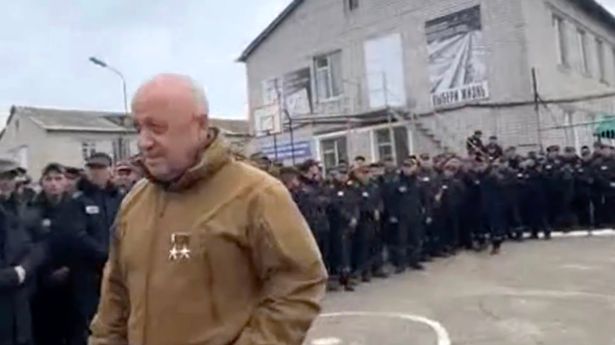
Read also: Russia on track to becoming military junta
According to our estimates Prigozhin’s own political project he recently launched prompted the Kremlin to seek preservation of the basic checks and balances system, which for the Putin regime implies a model of confrontational competition. The model assumes constant conflicts between different groups of influence that ignite and de-escalate with the mediation and direct supervision on the part of the president, who acts as an arbiter and keeps the model from self-destruction, which in turn forces all elements in the model to actually require such an arbiter.
The fact that all PMCs are dependent on the Ministry of Defense in terms of arms and ammo supplies proves that the Russian leadership has absolute influence over their efficiency. For example, after Prigozhin dared to express some political ambitions and got into a major altercation with Shoigu and Gerasimov, the Kremlin reacted by cutting critical supplies to his Wagner Group. This led to a threat of these units being destroyed and impossible to replenish with new troops after the recruitment base across Russian prisons was handed over to the Russian defense ministry.
Thus, it is highly likely that the conflict between Prigozhin and Shoigu was coordinated with Putin and is aimed at “punishing” the Minister for practically humiliating the president due the failure of the Kremlin’s military campaign in Ukraine. Also, this is an opportunity for Putin to significantly soften the burden on the budget posed by the penitentiary system and improve the overall crime situation in the country.
According to our estimates, the reason why Russia’s defense minister is joining the PMC spree is that he does realize he will eventually be blamed for failing the invasion plans. He is also aware that alongside these accusations, he will also face charges related to corruption and embezzlement blooming in his ministry. So now Shoigu is trying to build a force that would protect him if the security agencies decide to force Shoigu out of Russian politics in line with some dramatic scenarios.
Currently, the Russian elites are unhappy with the sanctions pressure and restrictions associated with the ongoing war against Ukraine. Therefore it is likely that Putin, who suffers from critical health issues and fears of losing power due to a palace coup, is interested in creating multiple PMCs that could be used to strengthen their handlers and maintain some power balance by projecting discontent and the continued fight for resources on conflicts among themselves, which would ensure that their “arbitrator” isn’t targeted.
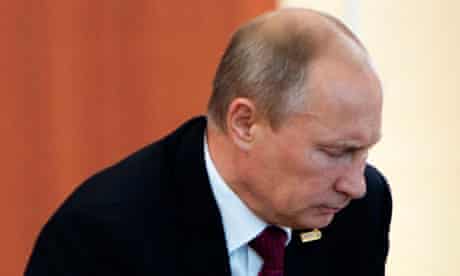
Putin has repeatedly referred to Ivan the Terrible, Peter I, and Catherine II as his “advisers.” The emergence of so many private military companies is a process similar to what the “oprichnina” (mass repression of Russian elites, including public executions and asset seizure) that raged during the rule of Ivan the Terrible. The movement was intended to reduce Moscow’s regional risks and balance power between various groups of influence.
In addition, it is possible that PMCs will be allowed to shift the burden of responsibility for the battlefield failures away from the Ministry of Defense, which flunked the test of building an effective regular army.
The setup of non-regular military formations in certain regions across the Russian Federation is obviously aimed at strengthening the power of local governors and preventing scenarios similar to the Furgal’s elimination. However, for the Kremlin’s eyes, such units are likely portrayed as a tool to break any springs of separatism. It’s precisely on these grounds that the initiatives are voiced to create ethnically solid units in Bashkiria, Mari El, and Mordovia. It is possible that the regional elites in this way seek want to retain their power in the event of a crisis in Moscow and the toppling of Vladimir Putin.
Thus, the rise of PMCs in Russia has nothing to do with the war the Kremlin is waging against Ukraine. This is about addressing higher risks that the Putin regime is facing and the relevant attempts by elites to protect their power, assets, and resources.


